10 Growth ETFs to Buy for Backside Protection, Too
Growth exchange-traded funds (ETFs) are as straightforward as they sound: They’re portfolios of growth stocks.


Growth exchange-traded funds (ETFs) are as straightforward as they sound: They’re portfolios of growth stocks.
By definition, a growth stock is any company with an above-average growth profile. In other words, they are companies whose revenues and earnings are expanding faster than the market average. They also often pay little or no dividends, opting instead to reinvest their cash flow in the business to maintain their growth.
But they have their pitfalls; namely, when growth slows. Recently, outdoor gear maker Canada Goose (GOOS) lost more than 30% of its value in a single day after reporting lower-than-expected fourth-quarter earnings. Although revenues rocketed 40% higher year-over-year and profits jumped 20%, it still marked the company’s slowest growth in eight quarters, prompting fears its tremendous growth was coming to an end. Whether that’s true is up for debate. But if you owned GOOS stock, you couldn’t have been pleased about the one-day plunge.
This is why owning growth ETFs makes so much sense. By diversifying your growth-stock holdings through a fund, you’re protecting your downside.
Here are 10 growth ETFs to buy if you want to cut back on the risk of owning individual shares.
Data is as of June 19. Market value and expenses from Morningstar. Dividend yields represent the trailing 12-month yield, which is a standard measure for equity funds.
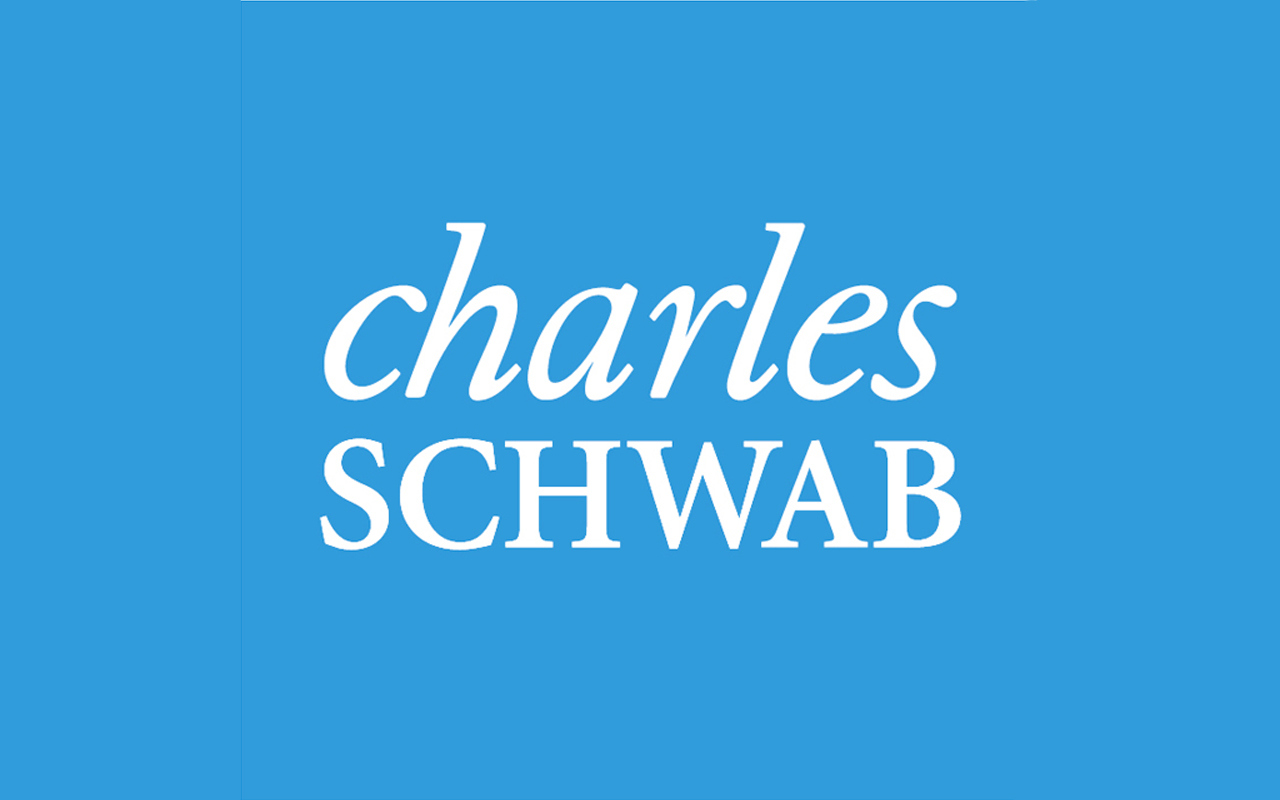
Schwab U.S. Large-Cap Growth ETF
- Market value: $7.8 billion
- Dividend yield: 1.1%
- Expenses: 0.04%
If you’re looking for a low-cost way to invest in U.S. large-cap growth stocks, the Schwab U.S. Large-Cap Growth ETF (SCHG, $83.20) is one of the best options, at 0.04% in annual expenses.
SCHG, which tracks the performance of the Dow Jones U.S. Large-Cap Growth Total Stock Market Index, selects growth stocks from 750 of the largest U.S. companies by market cap. Using six fundamental factors to determine their suitability as growth stocks (two projected, two current, and two historical) the index is whittled down. The ETF’s portfolio of roughly 425 stocks gets it done, however, averaging 14.3% in annual gains since inception in December 2009.
The ETF heavily emphasizes technology, health care and consumer discretionary stocks, which account for 58% of the fund’s overall holdings. A third of the fund’s net assets are wrapped up in the top 10 holdings, which are headed by Microsoft (MSFT, 7.0%), Apple (AAPL, 6.0%) and Amazon.com (AMZN, 5.3%). As those names would indicate, SCHG leans big – almost 88% of the portfolio is in large-cap companies that are worth more than $15 billion. And those names don’t move around much, with a 15% turnover ratio indicating that the entire portfolio turns over only once every six-plus years.
SCHG has a weighted average market cap of $284.3 billion with a portfolio turnover of 14.93%, which means it turns the entire portfolio once every six years. Launched in December 2009, it has delivered an annualized total return of 13.8% since inception through May 31.
Learn more about SCHG at the Schwab provider site.
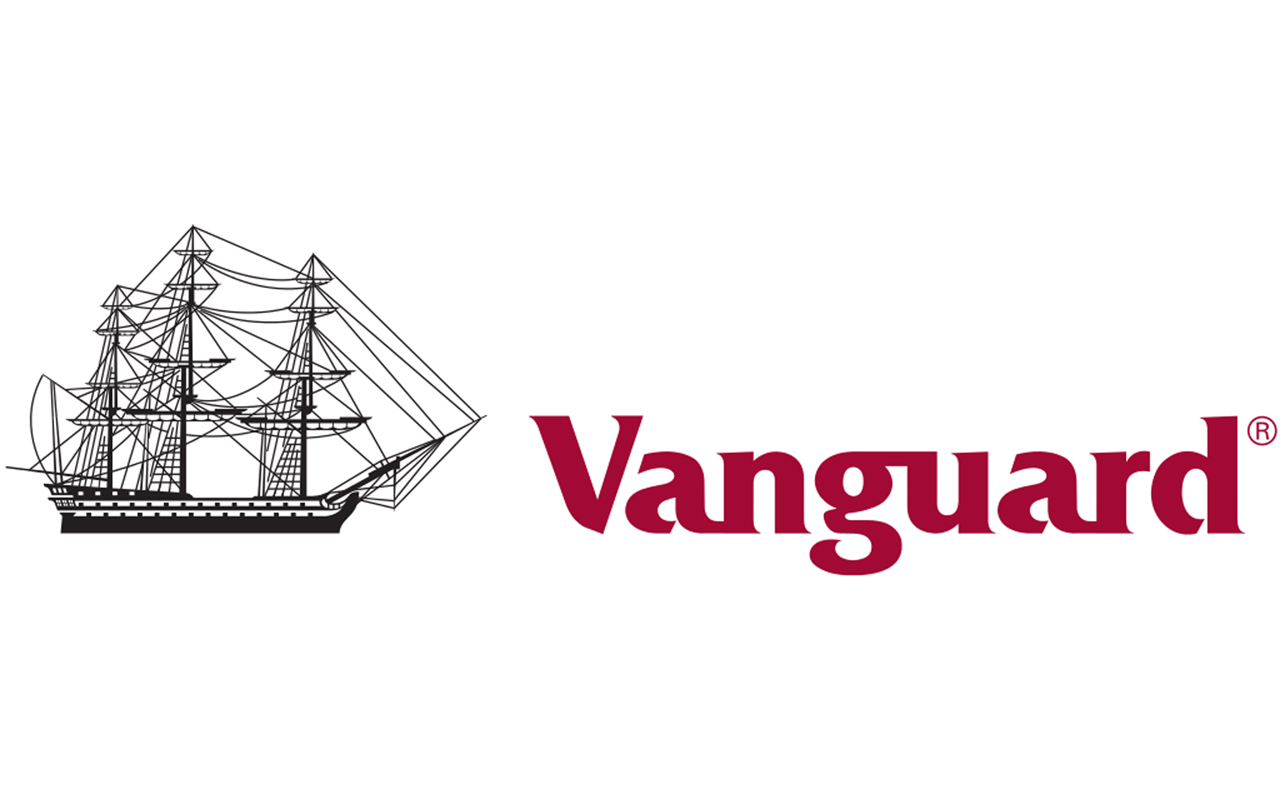
Vanguard Growth ETF
- Market value: $42.2 billion
- Dividend yield: 1.2%
- Expenses: 0.04%
- Vanguard Growth ETF (VUG, $160.72) charges 0.04% annually, too, providing investors with another low-cost option to invest in large-cap growth stocks. And at more than $40 billion in assets under management, it’s one of the largest growth ETFs you can buy.
This fund tracks the performance of the CRSP US Large Cap Growth Index, which classifies growth stocks using six factors including three-year historical growth in earnings per share, three-year historical growth in sales per share, and return on assets. The result is a diversified group of 300-large cap growth stocks with a median market cap of more than $100 billion. In other words, the average VUG holding is a mega-cap stock.
Tech stocks account for more than a third of the fund’s $39.7 billion in total net assets, with consumer services and industrials the next highest sector weightings at 20.1% and 13.9%, respectively. VUG also looks similar to SCHG in that the top holdings account for 38% of the fund’s total net assets and are led by Microsoft, Apple and Amazon.com.
The growth characteristics are obvious. The portfolio’s typical stock has averaged 16% earnings growth over the past five years – and they’re priced like it, trading at nearly 27 times trailing-12-month profits.
VUG, whose annual turnover is a glacial 10.8%, has averaged 15.7% annual returns over the past decade.
Learn more about VUG at the Vanguard provider site.
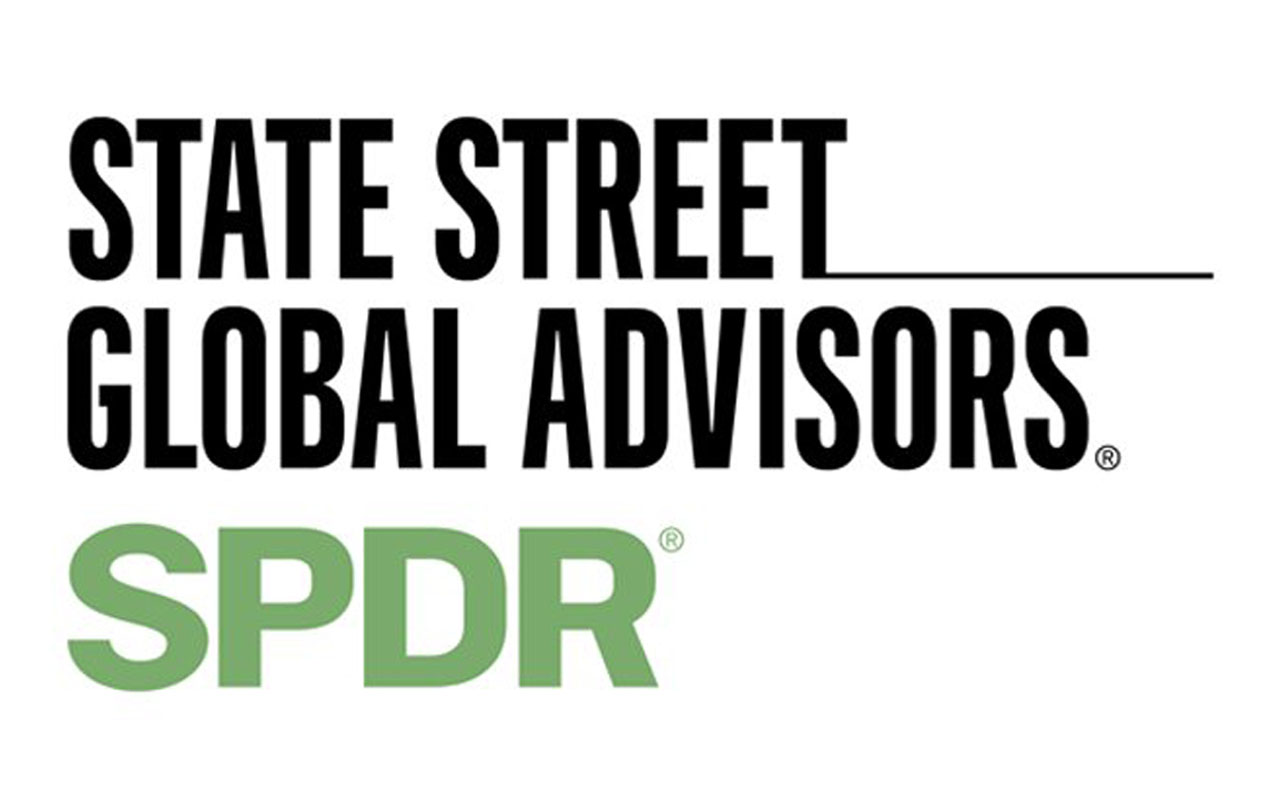
SPDR Portfolio S&P 500 Growth ETF
- Market value: $5.4 billion
- Dividend yield: 1.3%
- Expenses: 0.04%
In Warren Buffett’s 2018 letter to Berkshire Hathaway (BRK.B) shareholders, he wrote about his first investment in an American business in March 1942 – at age 11. He plunked down $114.75 that he had saved for five years. And he suggested that if he had put the money in a no-fee Standard & Poor’s 500-stock index fund, it would have been worth $606,811 as of Jan. 31, 2019.
Buffett is a big believer in regular investors keeping it simple by putting their savings into a low-cost S&P 500 index fund and a short-duration bond fund.
Investors can nod to that idea – with a growth tilt, of course – via the SPDR Portfolio S&P 500 Growth ETF (SPYG, $38.87). SPYG tracks the S&P 500 Growth Index, itself is a subset of the S&P 500 that invests in index companies exhibiting the strongest growth characteristics. It represents more than half the S&P 500 market capitalization.
Most of SPYG’s top holdings can be found in the previous two ETFs, but there’s a key omission: Apple. Top three holdings instead are Microsoft (7.9%), Amazon.com (6.0%) and Google parent Alphabet (GOOGL), which makes up 5.1% across its two class shares. All told, top-10 holdings account for 32% of the ETF’s assets.
SPYG has delivered 16.3% annual returns on average over the past 10 years, which bests the S&P 500 by 1.7 percentage points annually.
Learn more about SPYG at State Street Global Advisors’ SPDR provider site.
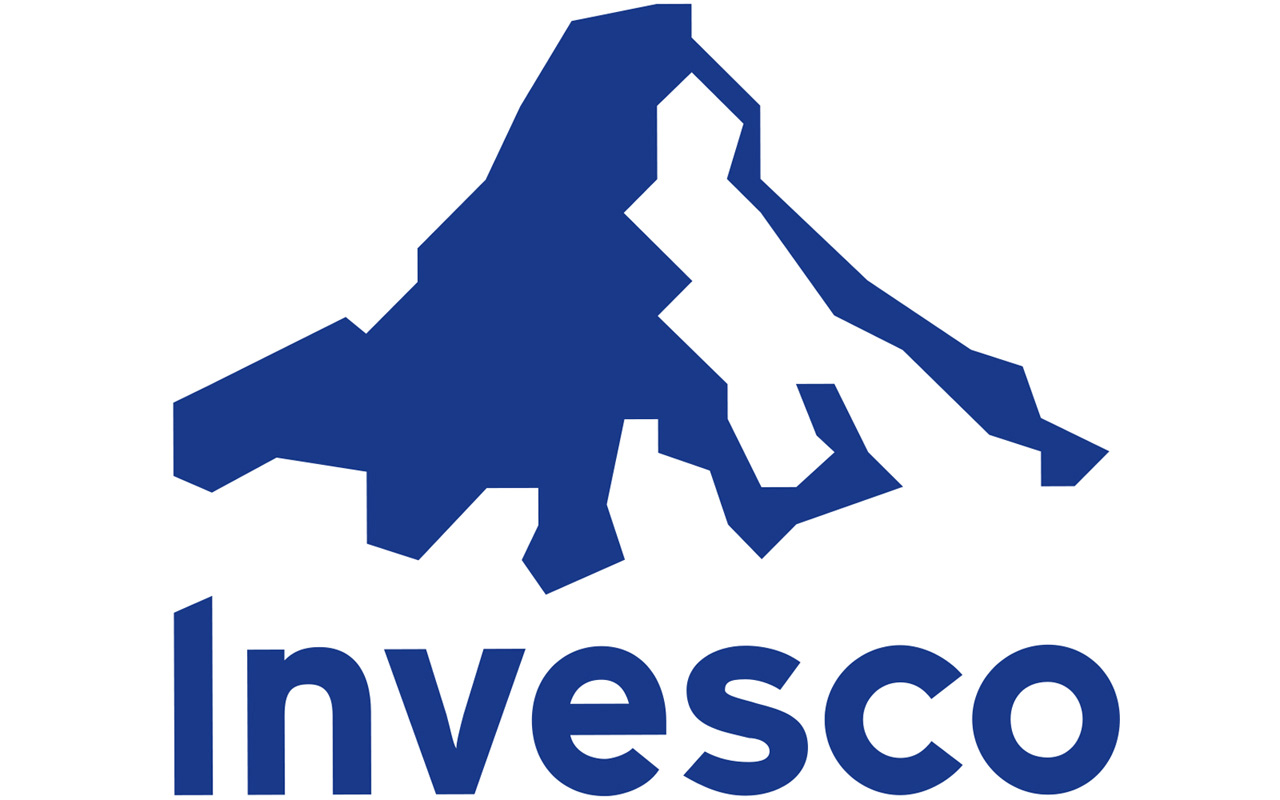
Invesco Russell MidCap Pure Growth ETF
- Market value: $660.0 million
- Dividend yield: 0.2%
- Expenses: 0.39%*
Mid-cap stocks tend to get ignored compared to large caps and small caps in much the same way a middle child tends to be overshadowed by the youngest and the oldest siblings. And even when investors try to get mid-cap exposure by investing in an all-cap fund, they’re typically just getting a lot of large companies with a small allocation to the middle guys.
That’s a mistake.
Mid-cap stocks have outperformed the more popular market capitalizations on a risk-adjusted basis. So to get sufficient exposure to mid-cap stocks, investors ought to invest in an ETF that actually focuses on market caps of this size. The Invesco Russell MidCap Pure Growth ETF (PXMG, $59.75) comes much closer.
PXMG tracks the performance of the Russell Midcap Pure Growth Index – a subset of Russell MidCap Index stocks that have been selected for their growth characteristics. The stocks in the index are included based on a composite value score (CVS) of three value and growth characteristics in both the short- and medium-term. The companies with a lower CVS tend to be the stocks that make the cut.
At the moment, this portfolio includes 94 stocks that are heavily stacked in information technology, which makes up a whopping 43.9% of the ETF’s $660 million in assets. Consumer discretionary is another 21.8% of the fund, and health care takes up 13% more.
Despite the lumpy sector overweights, the fund isn’t terribly concentrated in its top 10 holdings, which only make up less than 26% of the overall portfolio. These holdings include online payroll services provider Paycom Software (PAYC, 3.3%) and Chipotle Mexican Grill (CMG, 3.2%).
* Includes 0.04% fee waiver good through at least Aug. 31, 2019.
Learn more about PXMG at Invesco’s provider site.

Vanguard Small Cap Growth ETF
- Market value: $9.4 billion
- Dividend yield: 0.7%
- Expenses: 0.07%
Investors need to pay close attention to an ETF’s attributes to ensure they’re getting the type of exposure they require.
Take Vanguard Small Cap Growth ETF (VBK, $185.93).
By name, VBK is a small-cap growth fund. However, it average market cap is $4.4 billion – more than double the small-cap growth benchmark Russell 2000 Growth Index. Not only that, but mid-cap stocks represent 68% of the portfolio’s $9 billion-plus in total net assets. Small caps are relegated to the remainder.
That said, Vanguard Small Cap Growth is an excellent way to invest in growth – just know that you’re not getting true small-cap exposure. Not even close. VBK, which tracks the CRSP US Small Cap Growth Index, holds more than 620 U.S. small- and mid-cap stocks, and it does so for a meager 0.07% in annual expenses.
VBK’s average holding has grown its profits by almost 20% annually over the past five years. The top three sectors by weighting are industrials and healthcare at 19.7% apiece, and technology at 18.7%. Top 10 holdings account for just 6.3% of the entire portfolio, providing a significant amount of diversification. A “best ideas” ETF, then, it is not.
In terms of performance, the fund has returned 15.5% annually on average over the past 10 years, and 10.2% annually over the trailing 15 years.
Read more about VBK at Vanguard’s provider site.
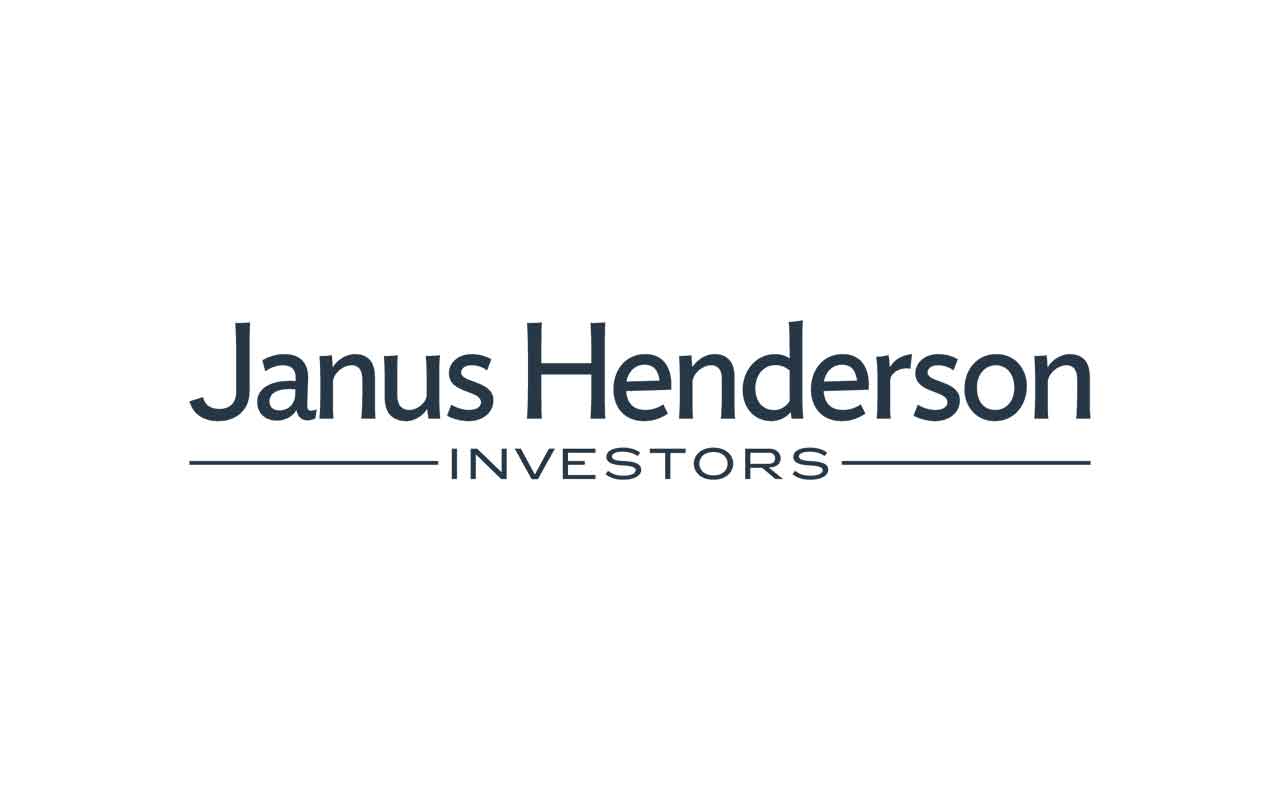
Janus Henderson Small Cap Growth Alpha ETF
- Market value: $32.4 million
- Dividend yield: 0.6%
- Expenses: 0.35%
It’s not always enough to merely invest in a basket of small-cap growth stocks to generate alpha (an investment’s performance above an applicable benchmark). Sometimes it involves selecting a group of stocks that have sustainable growth for the long run.
The Janus Henderson Small Cap Growth Alpha ETF (JSML, $43.05) utilizes more than 45 years of fundamental research to identify what it calls “Smart Growth” companies that deliver risk-adjusted outperformance to other small-cap stocks.
Launched in February 2016, JSML tracks the performance of the Janus Henderson Small Cap Growth Alpha Index. The index selects the top 10% of small-cap stocks from 2,000 smaller U.S. companies based on growth, profitability and capital efficiency. It uses 10 different factors that are equally weighted, and the index itself is rebalanced four times a year, with no stock allowed to represent more than 3% of the index.
If you like tech, health care and industrial stocks, good news: The three sectors account for almost 73% of the portfolio. And this young fund, which got its start in February 2016, has averaged 17% returns annually to beat its benchmark by 80 basis points (a basis point is one one-hundredth of a percentage point).
One last note: Janus Henderson does an excellent job on its website of breaking down what percentages of its assets are divvied into certain market capitalizations.
Learn more about JSML at Janus Henderson’s provider site.
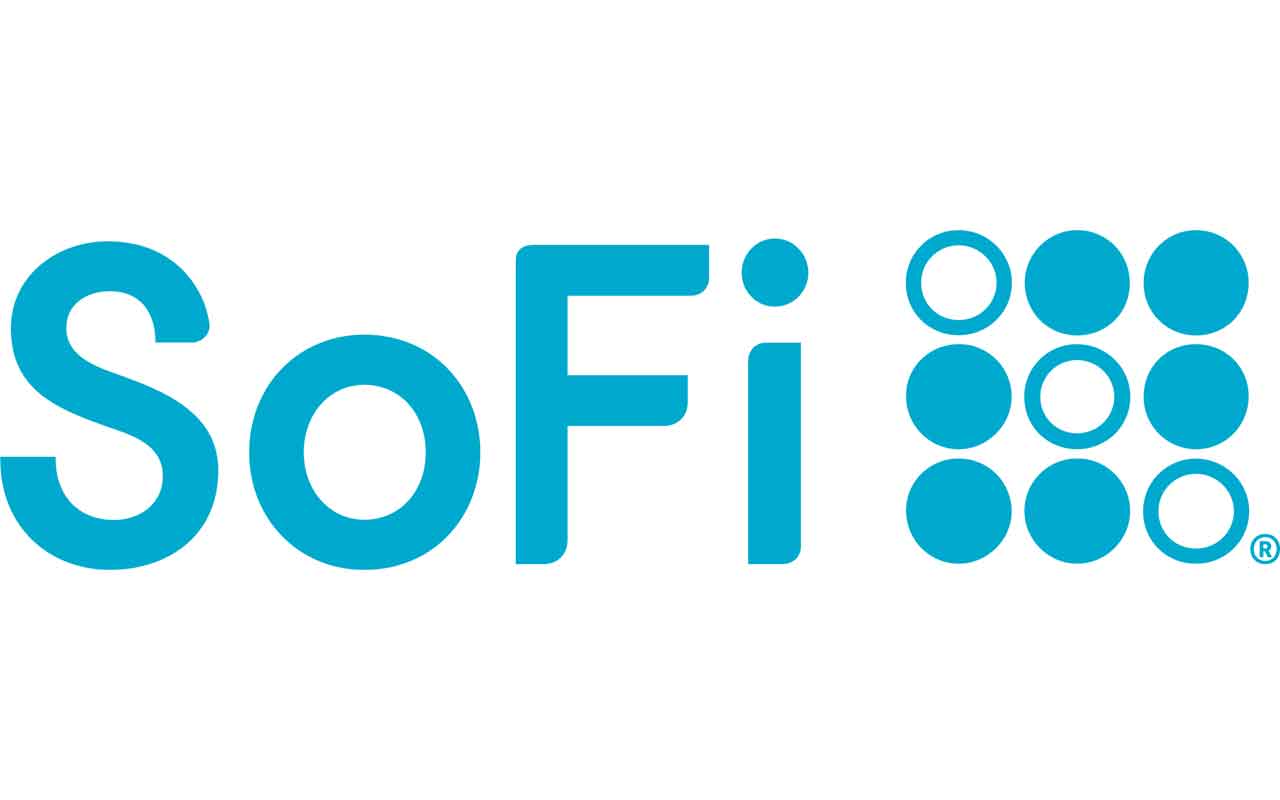
SoFi Select 500 ETF
- Market value: $47.3 million
- Dividend yield: N/A
- Expenses: 0.00%*
The SoFi Select 500 ETF (SFY, $10.16) is, at the moment, the cheapest growth ETF you can buy. It was launched in April by SoFi, the California personal financial services company run by former Twitter (TWTR) COO and CFO Anthony Noto, as one of two zero-fee ETFs.
“When it comes to achieving financial independence, investing isn’t a choice — it’s a requirement,” Noto said amid the launch. “We designed these ETFs to make it as simple and easy as possible for anyone to start investing for the future, without any fees dragging on your returns.”
However, SFY’s zero fees aren’t quite what they seem. The fund charges 0.19% annually, but SoFi has agreed to waive those fees until June 30, 2020. But that’s long enough to give SFY some traction in what is a crowded ETF field – the fund has accumulated more than $45 million in assets in just a couple months.
Not charging a fee sets SoFi’s offering apart, but to build assets over the long haul, it must deliver results. So, what are SFY investors working with?
SoFi Select 500 tracks the performance of the Solactive SoFi US 500 Growth Index, the 500 largest U.S. companies selected from the Solactive US Broad Market Index, itself a group of 3,000 large U.S. companies. The 500 stocks are weighted by market cap, then adjusted based on three growth-oriented fundamental factors. The index is reconstituted and rebalanced once a year on the first Wednesday in May. (SoFi reduces trading costs by limiting reconstitution and rebalancing to once a year.)
* Includes 0.19% fee waiver good through at least June 30, 2020.
Learn more about SFY at SoFi’s provider site.

Pacer U.S. Cash Cows Growth ETF
- Market value: $2.5 million
- Dividend yield: N/A
- Expenses: 0.60%
A 2015 CFA Institute survey found that fewer than 20% of equity analysts use free cash yield in their investment decisions despite that over a 28-year span, (1988 to 2016), free cash flow yield delivered annualized returns that were higher than most financial metrics used by investment professionals.
Pacer ETFs, understanding free cash flow and free cash flow yield are two cornerstones of healthy growth companies, launched the Pacer U.S. Cash Cows Growth ETF (BUL, $24.50) – one of the ETF provider’s Cash Cows ETF Series – in May.
BUL tracks the performance of the Pacer US Cash Cows Growth Index, which is derived from the 50 companies with the highest free cash flow yields in the S&P 900 Pure Growth Index. Each stock is weighted based on market cap to a maximum of 5%. Above 5%, the weighting is redistributed among the other index constituents.
The selection of stocks varies widely by size, from $1.2 billion to $250 billion, with a weighted average market cap of more than $65 billion. That is almost double the S&P 900 Pure Growth Index. Its free cash flow yield of 5.2% is roughly double the index metric, too. The index reconstitutes and rebalances itself four times a year on the third Friday in March, June, September and December.
This is one of the youngest growth ETFs to buy – it only came to life in early May of this year – so it has virtually no track record to look at. But the fund’s portfolio does offer an ideal combination of growth and value. Expenses of 60 basis points are on the high side, however.
Learn more about BUL at Pacer’s provider site.
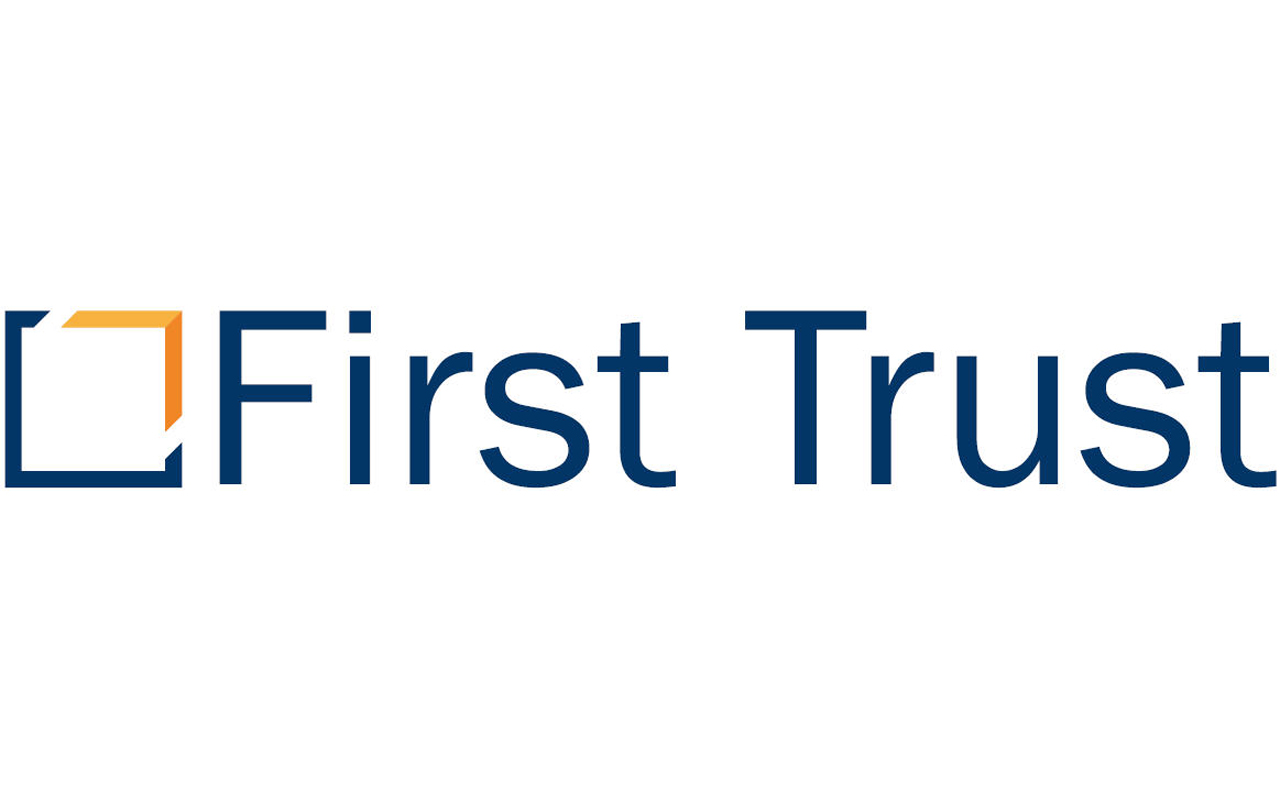
First Trust Multi Cap Growth AlphaDEX Fund
- Market value: $187.1 million
- Dividend yield: 0.3%
- Expenses: 0.69%
First Trust developed the AlphaDEX family of ETFs to deliver similar correlation and risk characteristics as broad market indexes while generating outperformance via stock selection and weighting.
The First Trust Multi Cap Growth AlphaDEX Fund (FAD, $74.87) was launched in May 2007. It tracks the performance of the Nasdaq AlphaDEX Multi Cap Growth Index, which is constructed by selecting and weighting stocks from three Nasdaq indexes – one large-cap, one mid-cap and one small-cap.
Nasdaq, which created the index and still administers it, ranks the stocks in each of the indexes using several growth and value criteria. Large-cap stocks account for 50% of the Nasdaq AlphaDEX Multi Cap Growth Index’s weighting, mid-caps another 30% and small caps the remaining 20%.
The ETF charges 0.69% annually for this enhanced-index treatment. That might sound expensive for a passive ETF, but remember that the index’s methodology cherry picks the holdings. This means that although the top three sectors aren’t much different than other growth funds – tech accounts for 26.2%, health care 16.6% and industrials 13.1% – some of FAD’s holdings and prioritizations are quite different.
This First Trust ETF has averaged 15.2% annual gains over the past decade.
Learn more about FAD at First Trust’s provider site.

WisdomTree Emerging Markets Quality Dividend Growth Fund
- Market value: $67.8 million
- Dividend yield: 2.7%
- Expenses: 0.32%
It turns out you can have your cake and eat it too.
The WisdomTree Emerging Markets Quality Dividend Growth Fund (DGRE, $24.40) provides investors with an excellent combination of emerging markets, growth and even dividends. That immediately puts it among the top growth ETFs to buy if you’re also trying to squeeze income out of your growth investments.
The now-actively managed fund stopped tracking the performance of the WisdomTree Emerging Markets Quality Dividend Growth Index in October 2018. It now uses a model-based process to identify dividend-paying emerging markets’ companies with strong corporate profitability and sustainable growth characteristics.
The top three countries represented in DGRE are China, India, and South Korea at weightings of 26.8%, 12.1% and 11.6%, respectively. The top 10 holdings – which include international juggernauts including Tencent Holdings (TCEHY), Taiwan Semiconductor Manufacturing (TSM) and Samsung Electronics – account for a mere 16.6% of the fund’s roughly $68 million in net assets. The rest is spread across 255 more holdings.
Although DGRE got its start in August 2013, the change in mandate less than a year ago means it doesn’t have a meaningful track record. However, as an actively managed ETF that only charges 0.32%, it ought to be on your radar if you’re looking for quality and growth in emerging markets. The 2.7% dividend yield is enticing, too.
Learn more about DGRE at WisdomTree’s provider site.
Profit and prosper with the best of Kiplinger's advice on investing, taxes, retirement, personal finance and much more. Delivered daily. Enter your email in the box and click Sign Me Up.

Will has written professionally for investment and finance publications in both the U.S. and Canada since 2004. A native of Toronto, Canada, his sole objective is to help people become better and more informed investors. Fascinated by how companies make money, he's a keen student of business history. Married and now living in Halifax, Nova Scotia, he's also got an interest in equity and debt crowdfunding.
-
 Nasdaq Sinks 418 Points as Tech Chills: Stock Market Today
Nasdaq Sinks 418 Points as Tech Chills: Stock Market TodayInvestors, traders and speculators are growing cooler to the AI revolution as winter approaches.
-
 23 Last-Minute Gifts That Still Arrive Before Christmas
23 Last-Minute Gifts That Still Arrive Before ChristmasScrambling to cross those last few names off your list? Here are 23 last-minute gifts that you can still get in time for Christmas.
-
 The Rule of Compounding: Why Time Is an Investor's Best Friend
The Rule of Compounding: Why Time Is an Investor's Best FriendDescribed as both a "miracle" and a "wonder," compound interest is simply a function of time.
-
 Nasdaq Sinks 418 Points as Tech Chills: Stock Market Today
Nasdaq Sinks 418 Points as Tech Chills: Stock Market TodayInvestors, traders and speculators are growing cooler to the AI revolution as winter approaches.
-
 Stocks Chop as the Unemployment Rate Jumps: Stock Market Today
Stocks Chop as the Unemployment Rate Jumps: Stock Market TodayNovember job growth was stronger than expected, but sharp losses in October and a rising unemployment rate are worrying market participants.
-
 Stocks Struggle Ahead of November Jobs Report: Stock Market Today
Stocks Struggle Ahead of November Jobs Report: Stock Market TodayOracle and Broadcom continued to fall, while market participants looked ahead to Tuesday's jobs report.
-
 AI Stocks Lead Nasdaq's 398-Point Nosedive: Stock Market Today
AI Stocks Lead Nasdaq's 398-Point Nosedive: Stock Market TodayThe major stock market indexes do not yet reflect the bullish tendencies of sector rotation and broadening participation.
-
 Dow Adds 646 Points, Hits New Highs: Stock Market Today
Dow Adds 646 Points, Hits New Highs: Stock Market TodayIt was "boom" for the Dow but "bust" for the Nasdaq following a December Fed meeting that was less hawkish than expected.
-
 Dow Rises 497 Points on December Rate Cut: Stock Market Today
Dow Rises 497 Points on December Rate Cut: Stock Market TodayThe basic questions for market participants and policymakers remain the same after a widely expected Fed rate cut.
-
 JPMorgan's Drop Drags on the Dow: Stock Market Today
JPMorgan's Drop Drags on the Dow: Stock Market TodaySmall-cap stocks outperformed Tuesday on expectations that the Fed will cut interest rates on Wednesday.
-
 Stocks Slip to Start Fed Week: Stock Market Today
Stocks Slip to Start Fed Week: Stock Market TodayWhile a rate cut is widely expected this week, uncertainty is building around the Fed's future plans for monetary policy.
